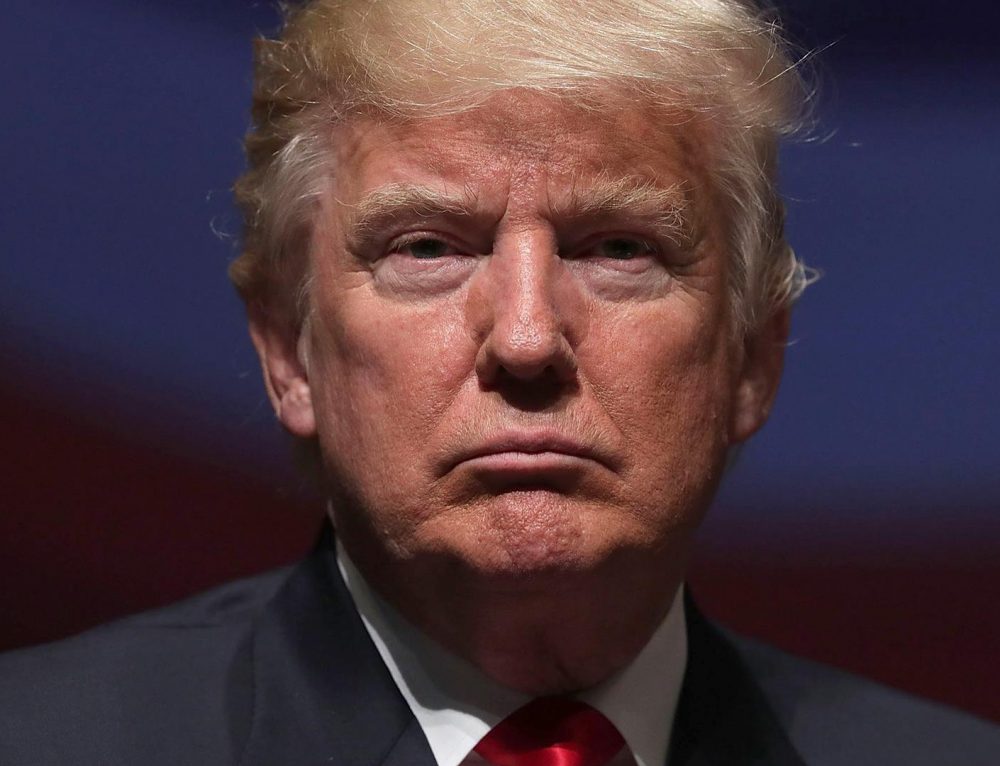The US President’s claims that he can reopen the economy single handedly are bunk.
Donald Trump has faced a barrage of criticism for saying Monday that he and only he could decide when to reopen the U.S. economy following the coronavirus pandemic.
The U.S. President accused the media of lying when they stated U.S. governors are the ones who will make the decision on a state-by-state basis.
Yet legal experts argue that a U.S. president has quite limited authority to order citizens back to work, or individual cities to reopen government buildings, transportation, or local businesses.
Some questions answered:
What does the Constitution say about who makes decisions about public welfare?
Under the 10th Amendment of the U.S. Constitution, state governments have power to police citizens and regulate public welfare. In the country’s past, for example, it was up to state and local authorities to lead the response to the yellow fever epidemic.
This bottom-up, rather than top-down, approach to disaster relief makes sense from a policy perspective as well, as state and local officials usually have the clearest understanding of what is happening on the ground.
Can a U.S. president overturn state-decreed “shelter in place” orders?
No. Under the Constitution, the federal government can issue nationwide guidance, but it would be against the law for the president to override stay-at-home orders from governors, mayors, or county commissioners.
As such, from a constitutional point of view, the social distancing policy Trump announced for slowing the spread of the virus were merely guidelines, and the same goes for any additional restrictions–or easing thereof–in the coming weeks.
Can a U.S. president order businesses to stay open?
At the beginning of the lockdown, the Department of Homeland Security deemed certain businesses “essential,” but the federal memo that accompanied the announcement was likewise a guiding principle for state and local authorities which are ultimately in charge of implementing and executing response activities in communities under their jurisdiction.
What about a U.S. president’s emergency powers?
A federal law known as the National Emergencies Act (NEA) gives the president broad powers to respond to national emergencies, including the authority to redirect funds and suspend laws.
Trump invoked both the NEA and the Stafford Act on March 13, as he declared a national emergency.
Yet President Trump cannot simply decree when the lockdown in the U.S. ends or when citizens must go back to work. As seen elsewhere in the world, the lifting of these restrictions are very likely to be gradual and will depend greatly on local factors and health conditions.
Ultimately, the United States is a federalist system, meaning power is shared between a national and state governments. That is the best–and only–way for the country to confront the challenges that lie ahead with respect to the coronavirus pandemic.












